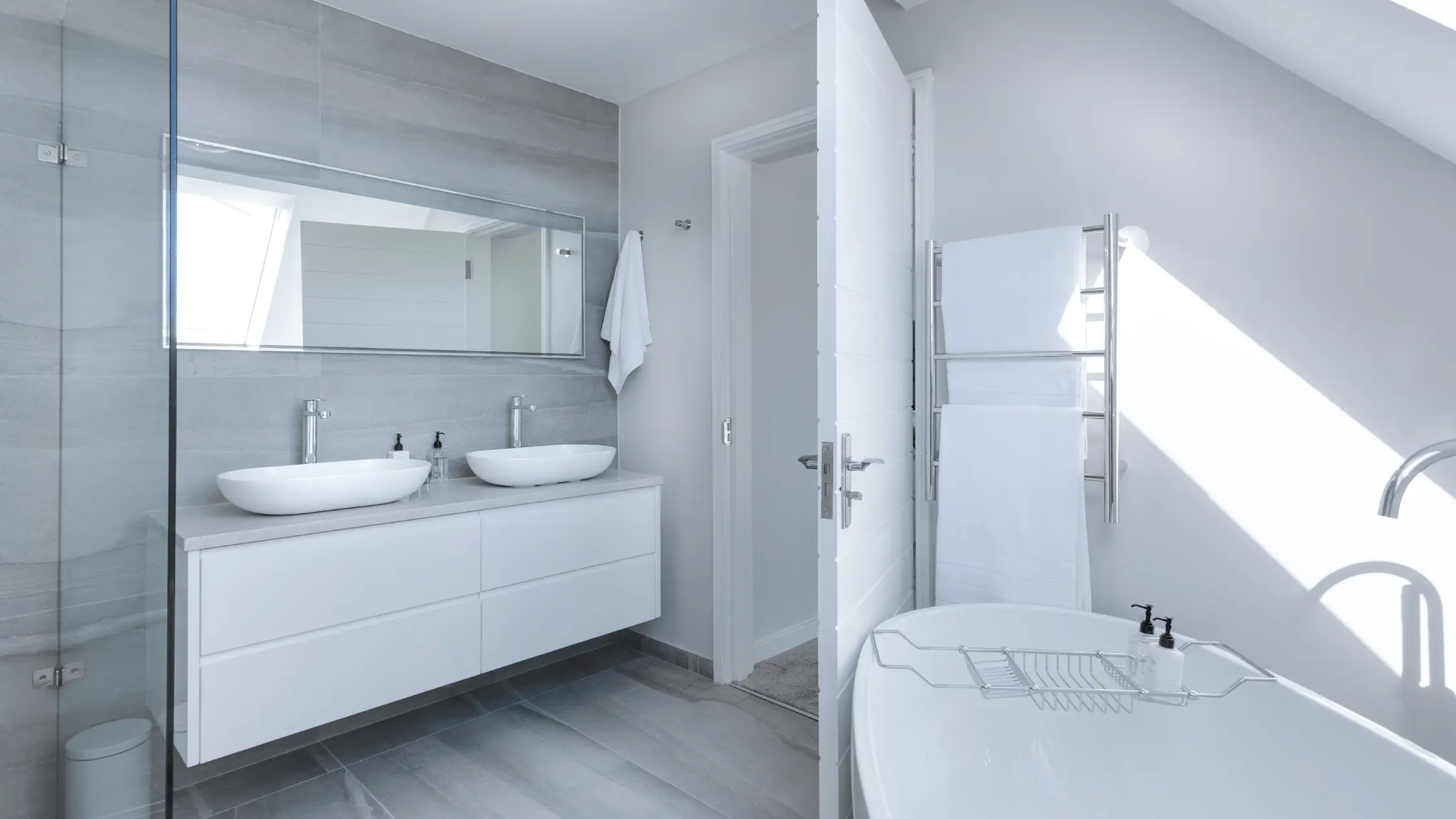Introduction:
Do you have a habit of singing a song in the bathroom? If your new home’s bathroom echoes your singing, you may find it annoying. What produces echoes in the bathroom?
The main reason is that the hard surfaces of bathrooms reflect sounds. Due to the fact that stones, glass, and other hard items do not absorb sound.
The voice vibration travels endlessly, producing an echo effect. A bathroom echoes due to insufficient soundproofing and insulation. The materials used to create a bathroom are the common reason for echoing.
Today I’ll explain how to pinpoint the cause of your bathroom’s echo problem. I’ll also show you how to get rid of this echoing. So, let’s get into the technicalities and find out why the bathroom echoes.
Why do your bathroom echoes?
The construction materials:
To properly understand the echo, we must first comprehend the materials and substances used in the construction of bathrooms.
Bathrooms are usually constructed with hard materials. Usually, the product used on the bathroom walls are tiles, that are designed for deflecting instead of absorbing. The flooring is tiled to make cleaning easier.
Your bathroom door is generally made from glass, which reflects sound. Tiles and glass are simple to clean. Since these materials in the bathroom do not absorb noise, it reflects back when you sing a song during a shower.
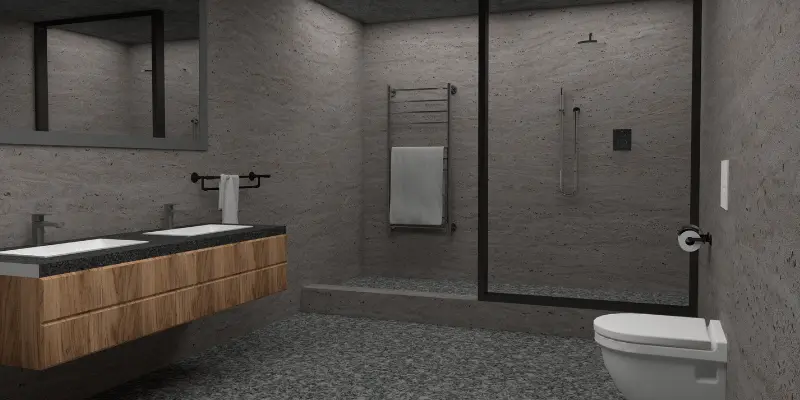
Pipes that make noise:
The pipes are another source of unpleasant vibration in your bathroom. The pipes could be extremely noisy if they are not enough substance to cover off the vibrations of flowing water.
Also, if bathroom pipes are unstable, they might create a lot of noise. Insulating pipes with foam helps avoid them from vibrating and echoing.
The bathroom door may be too thin or hollow:
Sound often can enter your bathroom through the bathroom door. If you notice that the bathroom door is weak and hollow, you should consider replacing it with a solid structure door. As solid structure doors are stronger than hollow doors, they provide superior noise insulation.
How to reduce your bathroom echoes?
Use high-quality soundproofing products:
It is important to pick a construction material that will reduce echoing when constructing or repairing the bathroom. If you want to renovate the bathroom, soundproof it well and fix any leaks or holes in the walls and floors.
Place hidden soundproofing products in the bathroom for a low-cost solution. To soften vibrations, add texture artwork, a towel rack, or furniture such as a shelf or flower.
Installing sound-absorbing substances in the bathroom is the simplest approach to prevent sound from echoing around. Many various types of sound absorption boards may look excellent and help with echo reduction.
Usually, people envision black egg carton-style panels, but there are numerous other options on the market nowadays. There is a wide range of contemporary sound absorption panels that can fit any design.
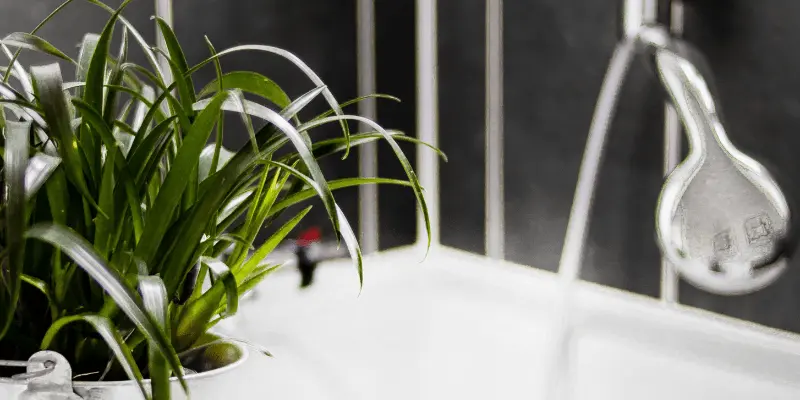
The foam may be used to insulate bathroom pipes:
Covering pipes with foam is a simple remedy whenever they shake and produce noise. Covering your pipes helps since the foam minimizes vibration and protects it.
Use curtains that absorb sound:
Noise-canceling curtains are an excellent technique to reduce bathroom echoes. The thermally insulated cloth that is both soundproof and waterproof, those curtains are smoother than conventional curtains.
Make use of fiberglass:
Fiberglass is a typical substance used to soundproof walls. So, installing a fiberglass partition in your bathroom is an efficient solution to reduce echoing.
Make use of Acoustic Tiles:
Because of their open vain shape, echoes are shattered rather than reflecting off as they contact the surface. Acoustic tiles are easier to work with as they are cut into preset square sizes.
Bathroom mats or rugs can be added:
Another method for breaking sound waves is to break them on the floor. So, you may cover the floor with a large fuzzy rug. The goal is to cover as much ground as feasible.
The benefit of the floor of the bathroom mat or rug is that it does more than just provide comfortable cushioning for your toes or keep them warm after just a bath.
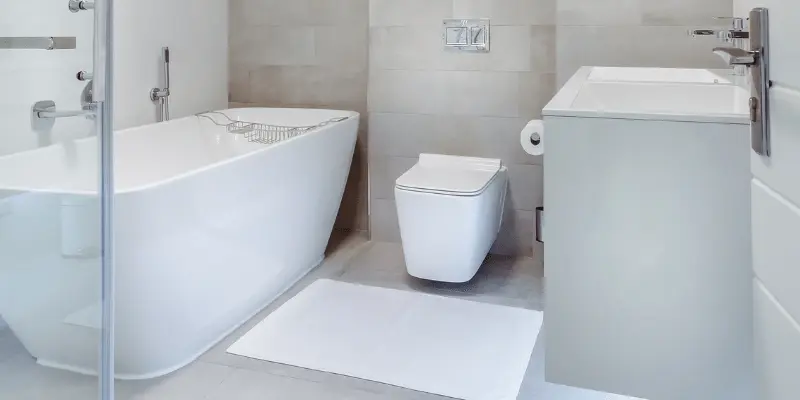
Add some furniture:
Sound waves reflect off hard and flat surfaces like walls and floors, and placing furniture can disturb those waves. Stools, and cupboards, are examples of furniture pieces for bathrooms.
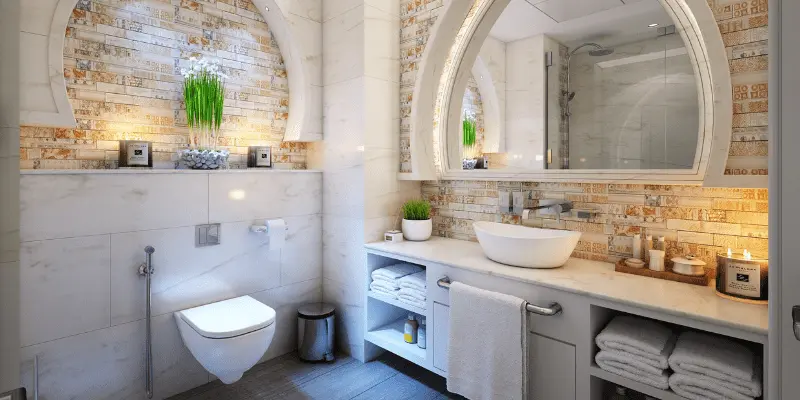
Include Puffy Towels:
Rolling up the towels and storing them on the bathroom shelves and cupboards will help to reduce echo. There are several towel kinds from which to pick. However, washroom towels made of dense, fluffy, and spongy fabrics are able to absorb sound.
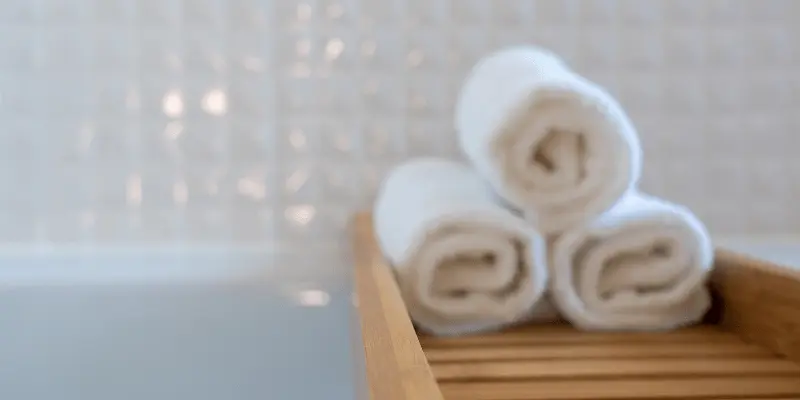
Conclusion:
It is significantly simpler to avoid echo in a bathroom throughout the construction or remodeling phase. However, with a couple of the above insulating measures, you should be able to effectively eliminate bathroom echoes.
